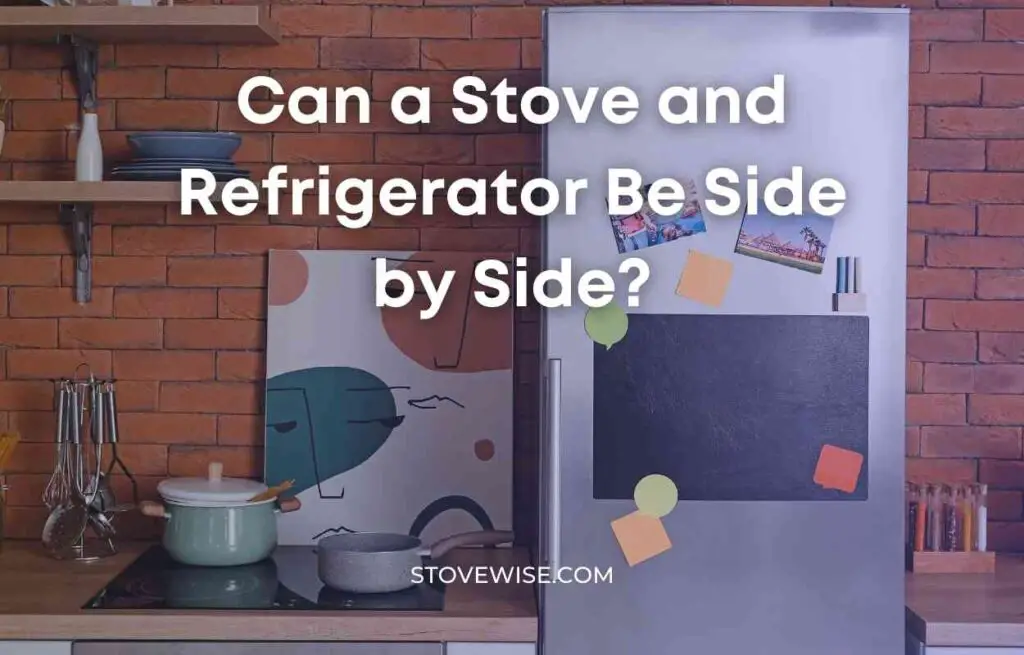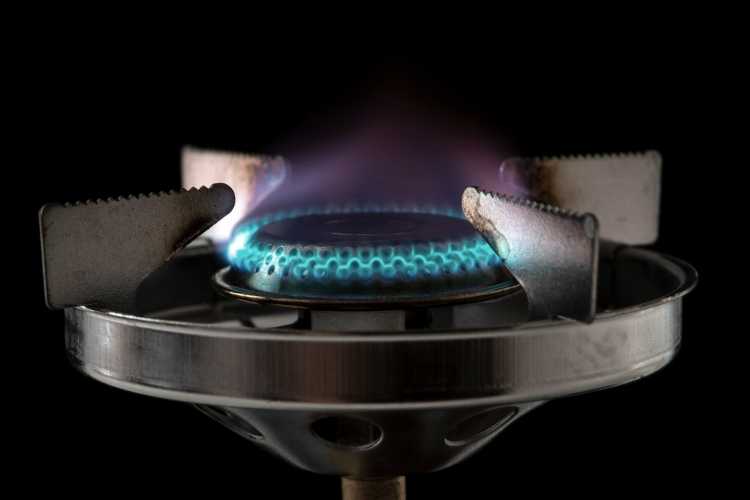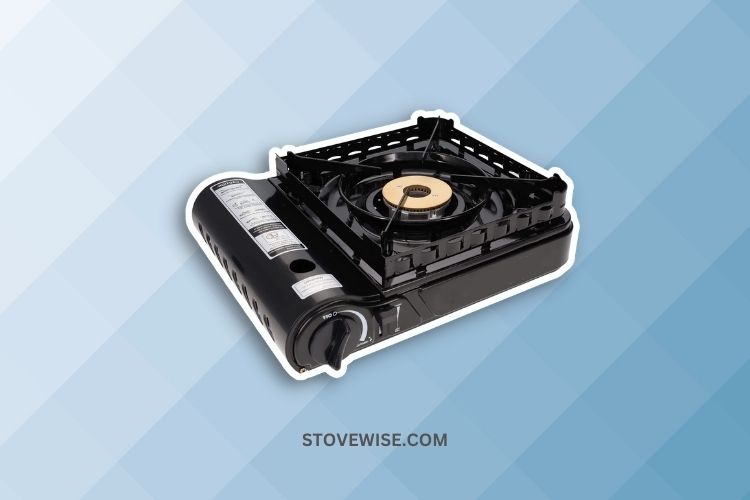Can a Stove and Refrigerator Be Side by Side?
If you’re remodeling your kitchen or just rearranging your appliances, you might be wondering if it’s safe to put your stove and refrigerator side by side. After all, you don’t want to risk a fire or damage to your appliances.
Can a Stove and Refrigerator Be Side by Side? Stove and refrigerator placement next to one another is generally not recommended. The heat emitted by the stove can potentially abbreviate the refrigerator’s lifespan and compromise food preservation. Maintain a minimum distance of 2 inches between the appliances, utilize a heat-resistant barrier, and clean frequently.
Separate the stove and refrigerator, if possible, to optimize their performance and prevent injury.

Contents
- Can a Stove and Refrigerator Be Side by Side?
- What Are the Problems with a Stove Next to Fridge?
- What Happens When You Place a Fridge Next to a Stove?
- How Close Can a Stove Be to a Refrigerator?
- How to Safely Place a Refrigerator Next to a Stove?
- Where Should Refrigerator and Stove Be Placed in the Kitchen?
- How Do I Protect My Refrigerator from Heat to the Stove?
- Conclusion
Can a Stove and Refrigerator Be Side by Side?
Placing a stove next to a refrigerator is not recommended due to potential negative effects. The stove’s heat can strain the refrigerator, shortening its lifespan and compromising insulation, leading to food spoilage.
To minimize risks, maintain a 2-inch gap, utilize a heat-resistant barrier, and ensure cleanliness. Ideally, avoid this arrangement to prolong both appliances’ longevity and preserve food quality.
Proper placement guidelines include ventilation, distance from heat sources, and adequate spacing between appliances. Additionally, level surfaces, ventilation, and regular cleaning contribute to optimal refrigerator functionality.
What Are the Problems with a Stove Next to Fridge?
Placing a stove next to a refrigerator can pose several problems. The heat generated by the stove can affect the refrigerator’s performance, causing it to work harder to maintain its internal temperature.
This increased workload can lead to a shorter lifespan for the refrigerator and potentially higher energy consumption. Additionally, the heat from the stove can damage the insulation of the refrigerator, compromising its ability to retain cold air and resulting in food spoilage.
Moreover, the close proximity of a stove to a refrigerator increases the risk of accidental heat transfer, which can further impact the refrigerator’s cooling efficiency.
To mitigate these issues, it is recommended to maintain sufficient space between the stove and refrigerator, use heat-resistant barriers, and keep both appliances clean to ensure optimal performance and longevity.
What Happens When You Place a Fridge Next to a Stove?
Placing a refrigerator near to a stove might have a variety of negative repercussions. The heat released by the stove can cause the refrigerator to work harder to keep its interior temperature stable, resulting in higher energy usage and potential compressor strain.
This added workload may reduce the refrigerator’s lifespan. Furthermore, heat can impair the insulation of the fridge, resulting in decreased efficiency in maintaining a cold environment and perhaps causing food to spoil.
The close proximity increases the possibility of heat transfer, which might reduce the refrigerator’s cooling capability even further.
To minimize these problems, provide enough space between the stove and the refrigerator, use heat-resistant barriers, and prioritize regular cleaning and maintenance for both appliances.
How Close Can a Stove Be to a Refrigerator?
It is generally recommended to keep a minimum distance of 2 inches (5 centimeters) between a stove and a refrigerator.
This gap serves an important purpose: to ensure that the heat generated by the stove doesn’t impact the performance of the refrigerator. However, if you can create even more space between the two appliances, it’s highly advisable.
Having adequate distance allows for better ventilation, reduces the risk of heat transfer, and helps maintain the functionality and longevity of the refrigerator.
Remember to consult the manufacturer’s guidelines and local building codes to determine the specific clearance requirements for your appliances.
How to Safely Place a Refrigerator Next to a Stove?
When you’re placing a refrigerator next to a stove, it’s important to prioritize safety and take precautions to minimize any potential risks. One crucial step is to ensure there is a minimum of 2 inches of space between the two appliances.
This gap helps prevent heat transfer and protects the refrigerator. You can also consider using a heat-resistant barrier such as wood or metal to provide an extra layer of protection.
Maintaining cleanliness is key. Keep the stove clean and free from grease buildup, as this can damage the refrigerator. If possible, position the stove near a window or a vent to improve heat ventilation in the area.
Make sure to place the refrigerator away from other heat sources, such as direct sunlight or radiators, and provide enough spacing between appliances for proper airflow. It’s also important to ensure the refrigerator is level on a stable surface and has adequate ventilation to maintain optimal performance.
Regularly cleaning the refrigerator is essential to keep it running smoothly and prevent the accumulation of debris or dust.
Where Should Refrigerator and Stove Be Placed in the Kitchen?
When setting up your kitchen, it’s crucial to carefully consider the placement of the refrigerator and stove to ensure both functionality and safety. Here are some practical guidelines to follow:
- Ventilation: Place the stove near a window or vent to allow for better heat ventilation. This helps dissipate any excess heat generated during cooking.
- Distance from heat sources: Keep the refrigerator away from heat sources like the stove and oven. This prevents any interference with its cooling system and ensures efficient performance.
- Spacing between stove and refrigerator: Allow at least 30 inches of space between the stove and the refrigerator. This provides convenient access to both appliances and reduces the risk of heat transfer between them.
- Avoid overcrowding: Leave a minimum of 18 inches of space between the stove and other appliances to avoid overcrowding and allow for safe operation.
- Spacing around the refrigerator: Allocate at least 36 inches of space between the refrigerator and other appliances. This ensures easy opening and closing of the refrigerator doors without any obstructions.
- Level surface: Place the refrigerator on a level surface to maintain proper operation and prevent any mechanical issues.
- Adequate ventilation: Ensure there is adequate ventilation around the refrigerator to prevent overheating. Avoid blocking the vents or obstructing airflow.
- Regular cleaning and maintenance: Regularly clean and maintain both the refrigerator and stove to promote longevity and ensure efficient performance.
How Do I Protect My Refrigerator from Heat to the Stove?
To safeguard your refrigerator from the heat produced by the stove, there are a few steps you can take.
First and foremost, make sure there is a minimum of 2 inches of space between the stove and the refrigerator. This distance helps reduce the transfer of heat between the two appliances. You can also create an additional buffer by using a heat-resistant barrier like a piece of wood or metal.
Keeping the stove clean and free from grease buildup is essential to minimize heat emissions. Grease can contribute to higher heat levels, potentially affecting the performance of the refrigerator.
Consider adding a heat shield or insulating material on the side of the refrigerator that faces the stove. This provides extra protection against heat transfer and helps maintain a more stable temperature inside the refrigerator.
Proper ventilation around the refrigerator is crucial. It allows any residual heat to dissipate effectively, preventing overheating. Ensure there is enough space around the refrigerator for adequate airflow.
Don’t forget to regularly clean the coils of the refrigerator. Dust and debris can accumulate over time, hindering efficient cooling. Cleaning the coils helps the refrigerator operate optimally and ensures proper temperature regulation.
Conclusion
To summarize, it is conceivable to position your stove and refrigerator next to one other, but there are a few things to consider before. You must provide enough space between the two appliances to allow for good ventilation, examine the location of your appliances, verify the specifications of your equipment, and ensure that you can completely open the refrigerator door.






